Finances
USAID FINANCES CASE STUDY ON MOLDOVA'S TRADE CORRIDORS
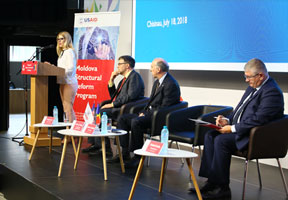
About 90 per cent of Moldova's trade and transited good is transported by road, with railway, maritime and air transport having a minimum share. These are some of the conclusions of the first assessment of Moldova's trade corridors, conducted with the financial support of the USAID Moldova Structural Reform Program.
The results of the study were presented on Wednesday at an event hosted by the Tekwill centre in Chisinau.
According to the study, Leuseni-Albita and Sculeni-Sculeni border crossing points to Romania handled over 35% of Moldova's road traffic by volume in 2016. They are followed by border crossing points Otaci-Mohyliv-Podilskyi and Tudora-Starokazacie to Ukraine with 21%.
The authors of the study identified three problems related to Moldova's trade corridors. The first problem is that Moldova is a landlocked country with access to just one river port in Giurgiulesti. The second problem is the breakaway Transnistrian region which is not controlled by Moldova's constitutional authorities and which makes trade with the east difficult. The third problem is the long time spent in queues at the border crossing points to Romania.
"Given the fact that the border with Romania is the EU border, there are strict requirements for trade coming from Moldova and as a result the time spent in queues is very long," Douglas Muir, chief of party at the Moldova Structural Reform Program, said.
He cited as an example the Leuseni-Albita border crossing point. "It is the worst performing of a recent 26 border post study of EU/Non-EU borders. According to the study, the average time is 24 minutes, the average time at the Romanian border is 380 minutes, while at Leuseni-Albita it is 1032 minutes or 17 hours," he said. According to the authors of the study, this situation is due to the fact that Moldova's trade has been growing and orienting more strongly towards the EU - from 35.1% in 2000 to 65% in 2016.
At the same time, the quality of roads has not improved significantly over this period, neither were the border crossing points modernized or extended.
The situation at the Moldovan-Ukrainian borders is better but still there are delays and most time is spent in queues, the study shows.
One of the conclusions of the study is that "the combination of growth and reorientation is putting strain on Moldova's trade corridors and this is costing Moldova money - both the government and the private sector".
According to the authors of the study, some of these problems will require long-term investment and commitments but others can be addressed in the short to the medium term, such as providing border crossing points with new and modern equipment that will allow to significantly reduce the time spent in queues.
"The new IT technologies can reduce the cost of transportation of goods by 50% and even more," said Paul Kent, senior Vice President at Nathan Associates, the US company that implemented the project. At the same time, he urged the authorities to improve the business environment to attract more investments from the private sector.
Infotag's note: Between September 2017 and September 2021 the USAID Moldova Structural Reform Program supports Moldova's integration into regional and international trade systems. The goal of the project is to support Moldova's Government to fulfil the commitments assumed in the Association Agreement with the EU.

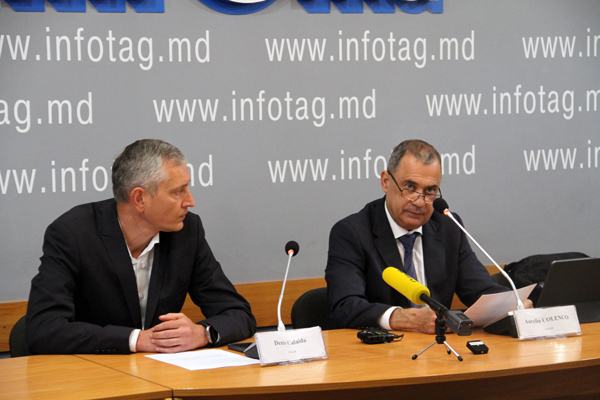
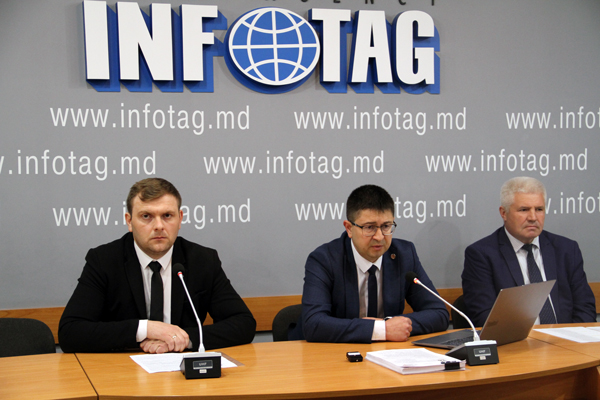
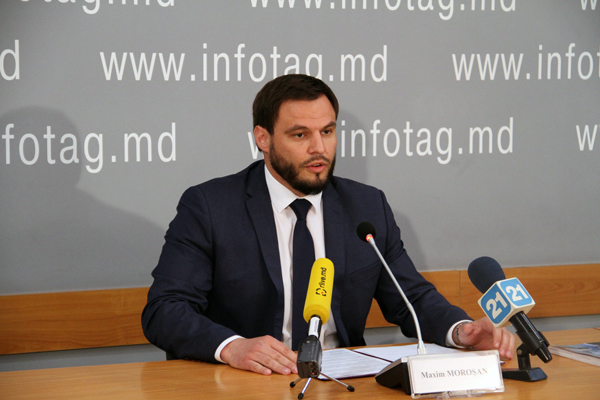

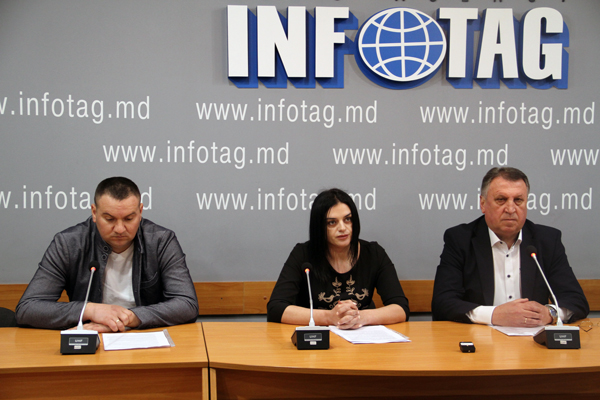
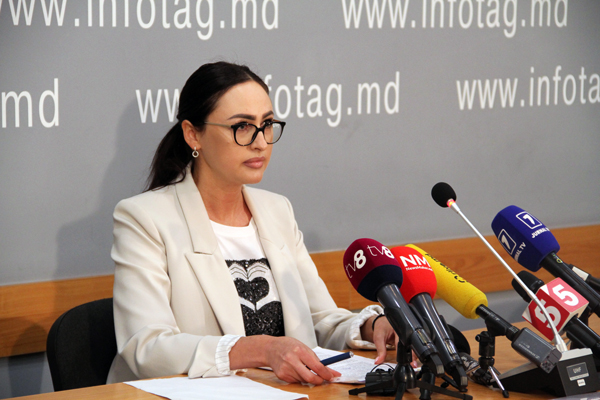

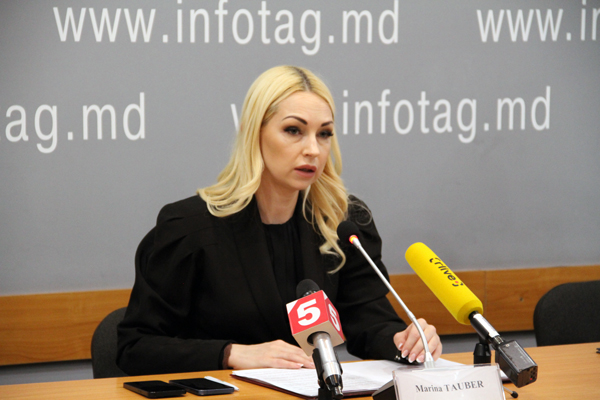
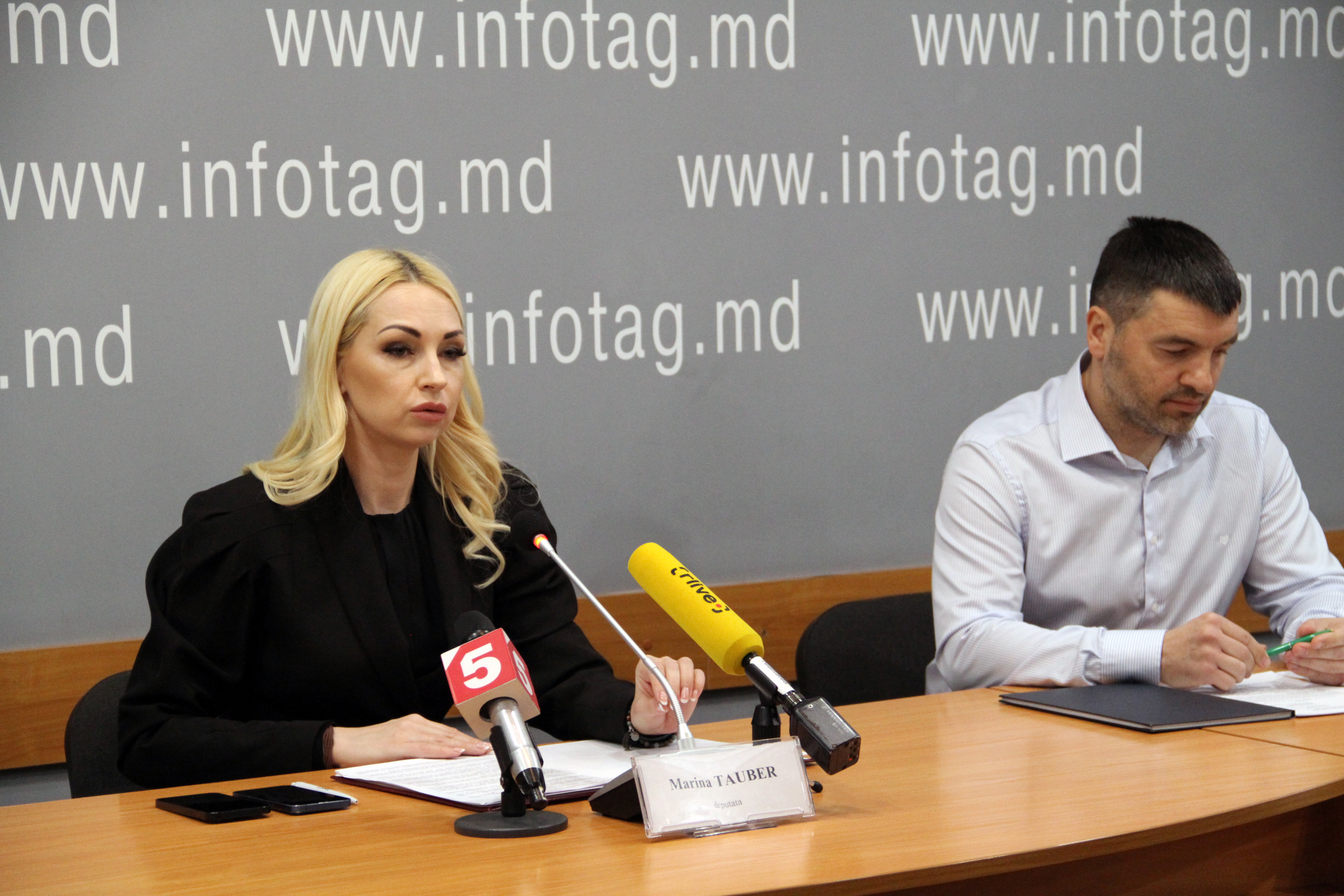
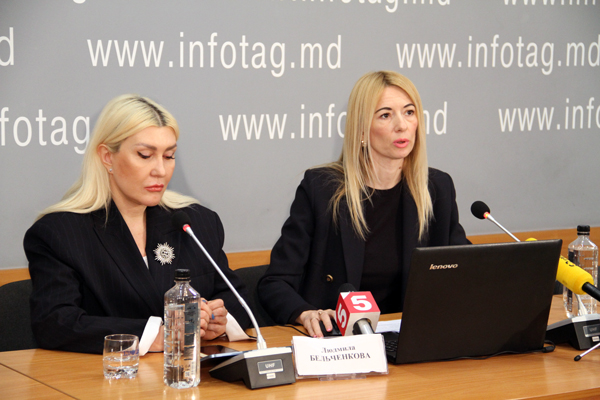
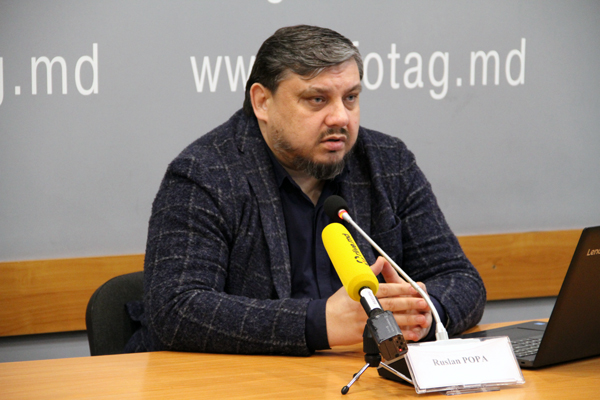

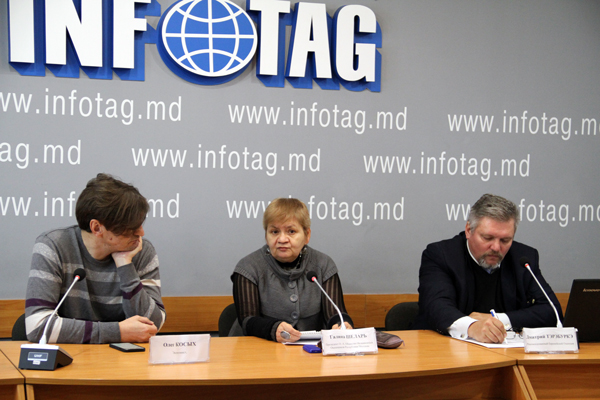
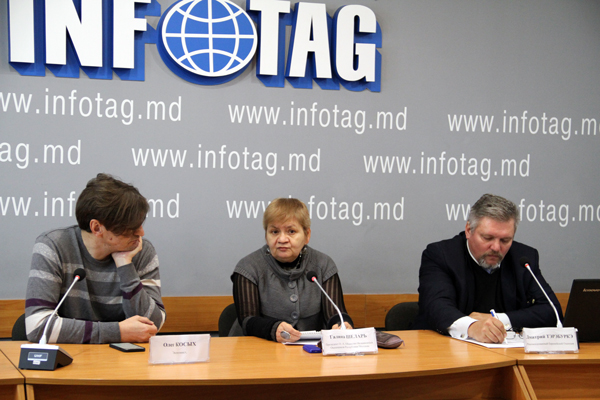
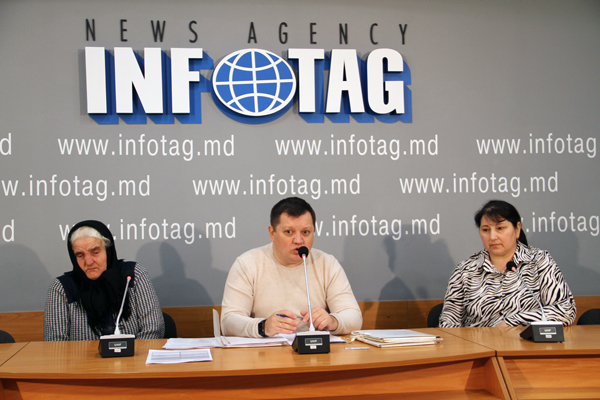

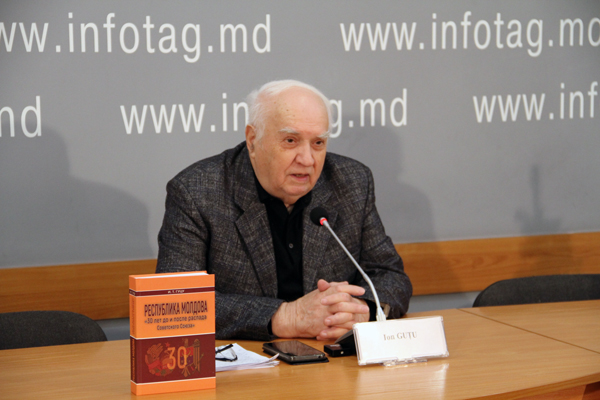
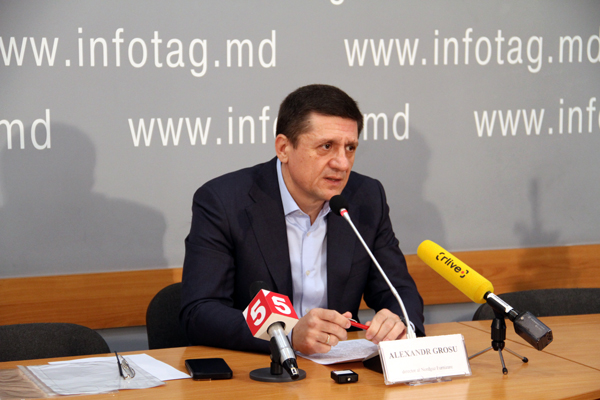





Add Comment